he construction industry is a field that requires heavy labour. In order to conduct this labour, machines and vehicles will be necessary for each, respective job. These machines aren’t just any ordinary apparatuses either; they are built for achieving labour-intensive goals. Take, for instance, your typical excavator.
Excavators come equipped with various attachments on them, to work effectively on different surfaces. A bucket is one of the most common excavator attachments, which helps to dig or clean up the surrounding area. What many may not already know is that buckets come in a myriad of variations.
Here are seven types of excavator bucket types and their uses:
1.Digging Excavator Bucket
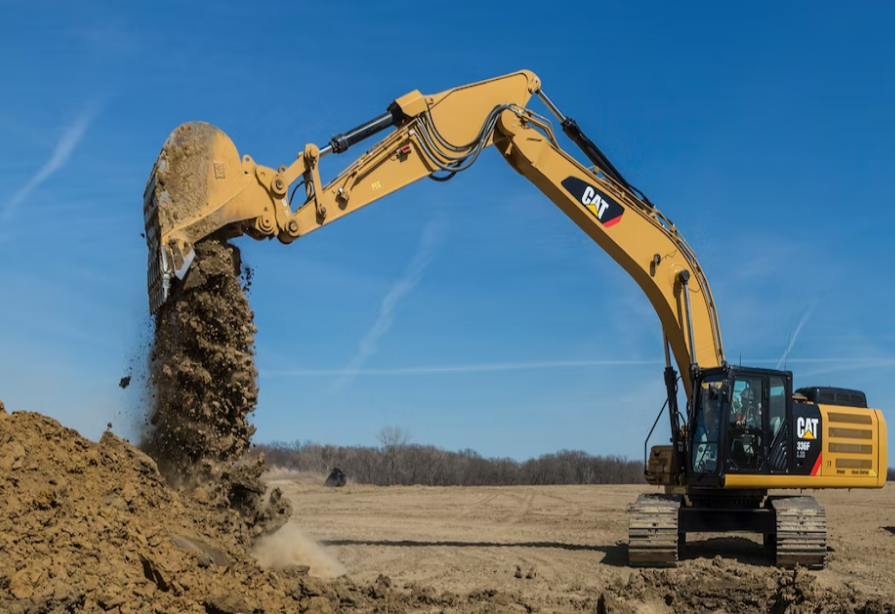
When one thinks of an excavator, the large, claw-looking attachment comes to mind. This attachment is colloquially known as the digging bucket. It, as its name suggests, is primarily used for digging through hard, rugged surfaces. These can range from hard soil, to even rocks in some cases.
The digging bucket is also considered to be all-purpose, meaning it can be used in numerous circumstances. These buckets also come in different sizes, in order to meet the demands of the surface in question. A knowledgeable operator will be able to dig efficiently, just as long as safety is kept in mind.
2.Rock Excavator Bucket
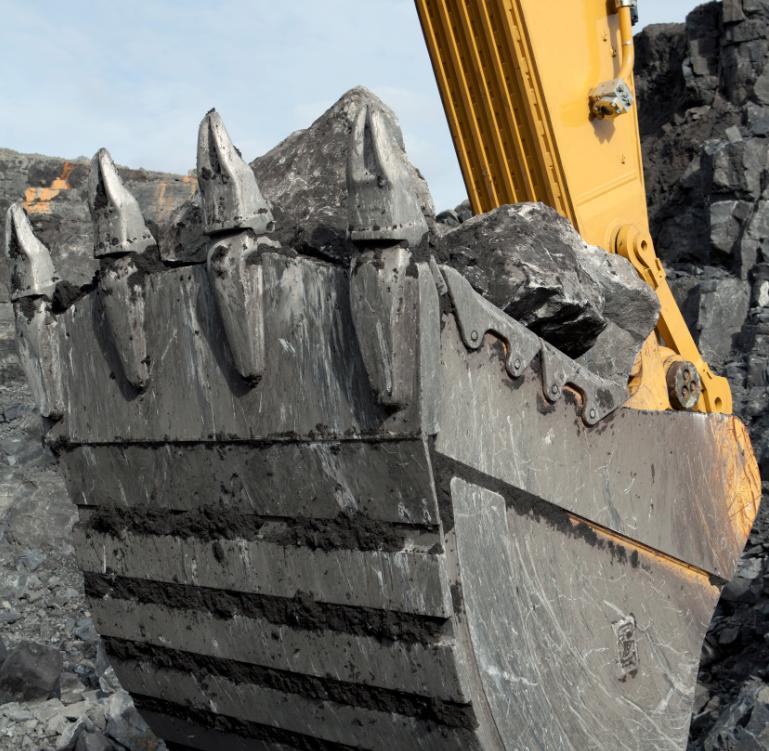
Should a digging bucket not be applicable to more hardened surfaces, a rock excavator bucket type will be required. This specific type of bucket packs a more powerful punch than its counterpart. Many rugged environments will often contain rocks that cannot be penetrated easily. A rock bucket takes care of that issue outright.
For example, the edges of the bucket are reinforced with added material, and have sharper teeth. This allows it to be pushed into rock with more force, which makes excavator jobs all the more easier. Don’t worry about breaking the bucket either; they were made to last!
3.Clean-Up Excavator Bucket
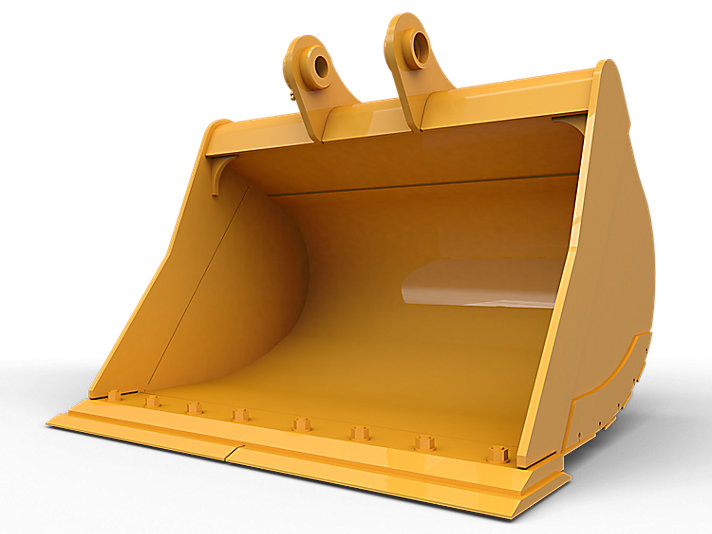
After a long, hard day of excavating, there will be numerous amounts of debris laying around. To make their job simpler, excavator operators will attach a clean-up bucket to their vehicle. Clean-up buckets don’t have any protruding teeth, nor are they made with size in mind.
They are relatively smaller, while maintaining the shape of an ordinary bucket. This comes down to its primary function; it is made for cleaning up areas that were worked on. One of the most important purposes of the bucket is that it also keeps maintenance costs low. Clean-up crews will seldom be used, so that their efforts can be moved elsewhere.
4.Skeleton Excavator Bucket
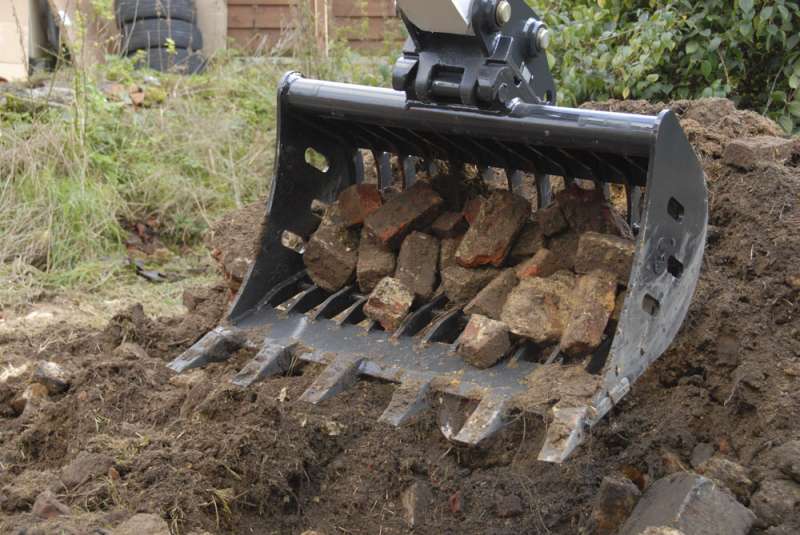
Not all excavating jobs were created equally. In some circumstances, a more delicate process must be employed. This is where the use of a skeleton bucket must be used, and attached to the vehicle. A skeleton bucket variation is a modified bucket, which allows for finer materials in digging to be separated.
Since the teeth in the bucket are separated by gaps, larger chunks of substances can fall through. When certain materials have to be excavated from a requisite surface, a skeleton bucket may be employed. This allows the specific job to move ahead, without wasting time on removing unnecessary elements from a surface.
5.Hard-Pan Excavator Bucket
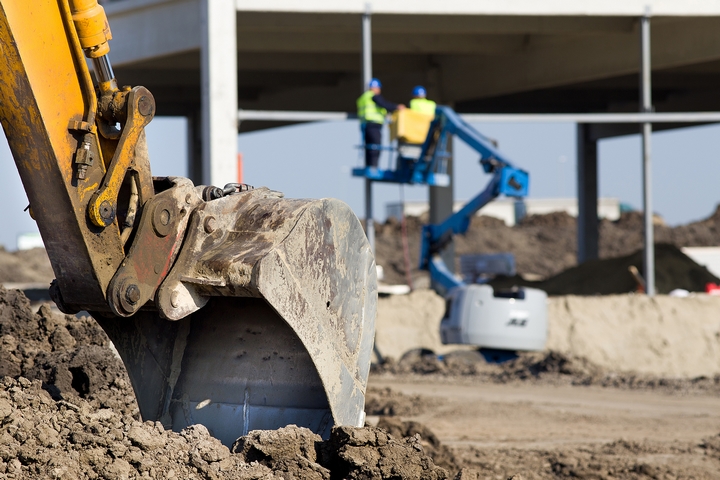
Similar in vein to the rock bucket, the hard-pan was made with durability in mind. These types of buckets were made for tough environments, with a notable, structural redesign. The back of the bucket has an additional row of teeth, which aids tremendously in certain environments.
Com um conjunto extra de dentes a reboque, o solo duro e outros materiais podem ser soltos durante o ato de escavar. Combinado com a resistência que você esperaria de uma caçamba para rochas, os trabalhos de escavação se tornam ainda mais fáceis. Não se surpreenda ao vê-los em ação, em locais de escavação mais acidentados!
6.V Caçamba
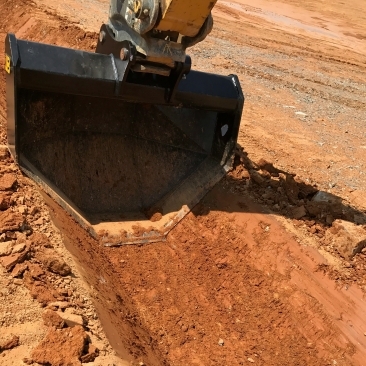
Para áreas que requerem trincheiras a serem cavadas, uma caçamba em V geralmente será empregada. Devido ao seu design em forma de V, uma escavadeira será capaz de cavar facilmente uma trincheira ou canal de tamanho apropriado. Eles também podem ser usados para abrir espaço para cabos de serviços públicos, para que não representem um risco à segurança da equipe de terra.
7. Caçamba da Escavadeira Sem-fim

Em termos de funcionalidade multifuncional, uma caçamba sem-fim é verdadeiramente única. Este tipo de caçamba de escavadeira é extremamente versátil, permitindo que vários trabalhos de escavação sejam feitos ao mesmo tempo. Quando o tempo é essencial, muitos operadores de escavadeiras usam uma broca. Como resultado, várias tarefas como escavação, raspagem e limpeza podem ser concluídas em tempo recorde.
Como não há dois trabalhos de escavadeira iguais, diferentes caçambas serão usadas em diferentes cenários. É por isso que um operador experiente deve estar ao volante o tempo todo. O operador certo saberá qual tipo de caçamba usar, bem como seu respectivo tamanho. Dessa forma, o respectivo projeto pode ser trabalhado com muito mais eficiência!
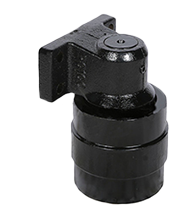
subscreva a nossa newsletter para a maquinaria de construção